Road Markings
- 1/20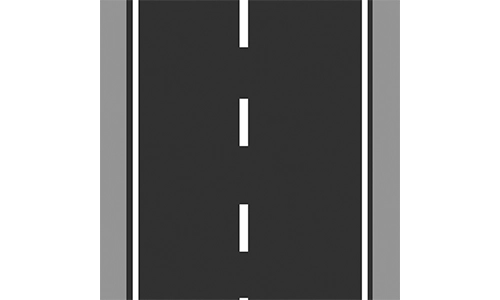
Separates traffic moving in the same direction. Drivers may switch lanes when safe. Common on multi-lane roads. Promotes smooth lane changes and overtaking.
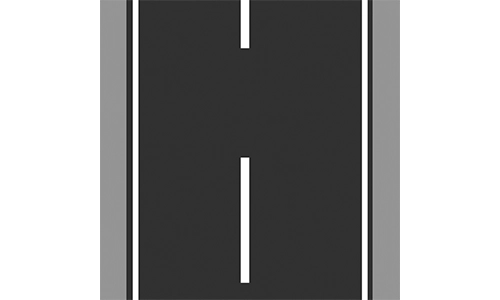
Crossing is prohibited in either direction. Indicates danger or limited visibility. Found near hills or sharp turns. A key safety feature in restricted zones.
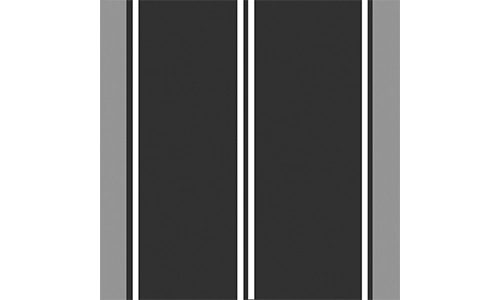
Marks the outer edge of the road. Helps drivers maintain lane position in low visibility. Used on highways and rural roads. Do not cross unless necessary.
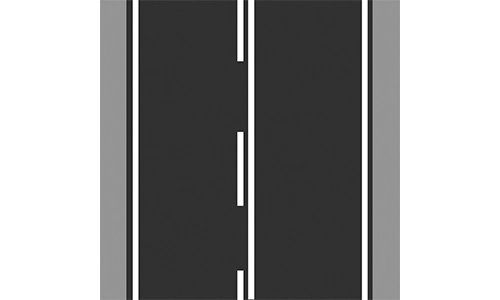
Separates opposing traffic flows on two-lane roads. Overtaking is permitted when clear. Found on undivided roads. Always check for oncoming vehicles.
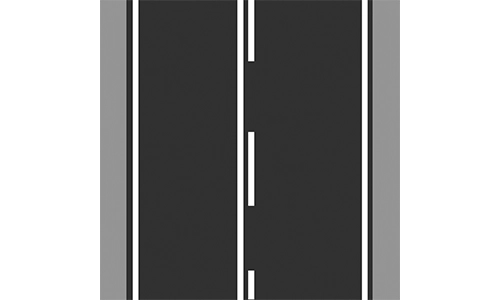
Overtaking allowed from the broken side only. Crossing solid line is an offence. Seen on roads with partial visibility. Maintains safe overtaking conditions.

A paved area not for regular driving. Avoid using this space unless directed. Used for emergency stops or barriers. Prevents misuse of side lanes.
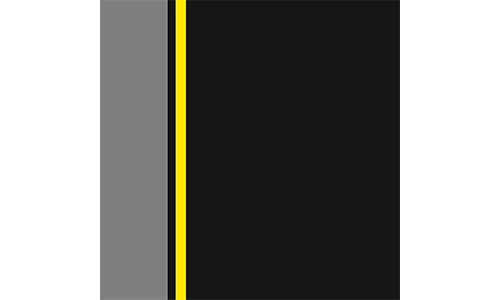
Prohibits stopping or parking along the road edge. Typically in congested city areas. Helps reduce traffic jams. May be enforced with fines or towing.
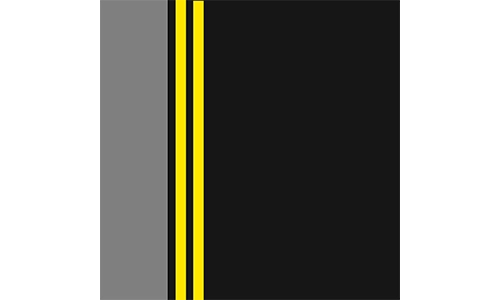
No stopping at any time for any reason. Found near junctions, fire stations, or schools. Enhances road safety and emergency access. Violations are fined.
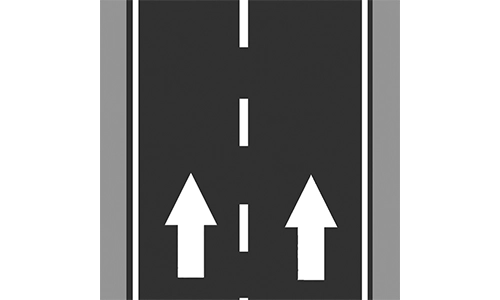
Indicates the direction to proceed in a specific lane. Keeps traffic organized near junctions. Assists drivers in lane decisions. Reduces lane confusion.
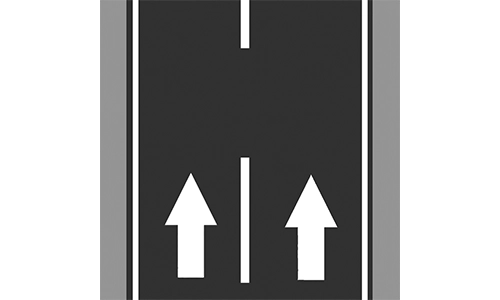
Allows either turning or going straight in a lane. Found at major intersections. Improves lane usage and reduces wait time. Follow signage and arrows closely.
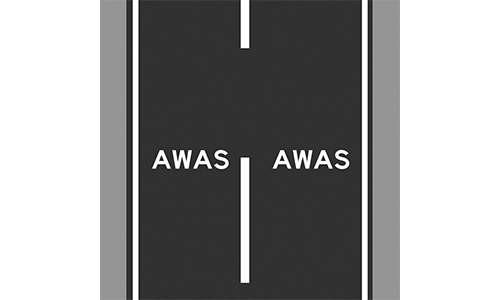
Painted warning word meaning Caution”. Found near schools, accident-prone zones. Encourages slower, safer driving. Enhances visibility of potential hazards.
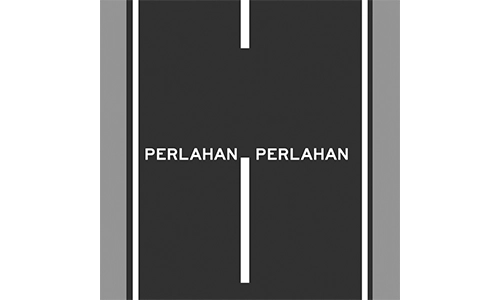
Instructs drivers to reduce speed ahead. Common before curves, junctions, or crossings. Promotes mindful driving. Increases pedestrian and cyclist safety.
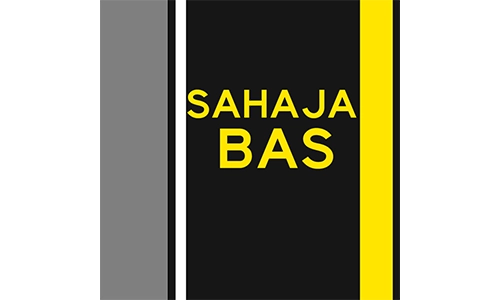
Reserved lane for buses only, especially during rush hours. Found in cities for smoother public transport. Private vehicles are prohibited. Offenders may be fined.
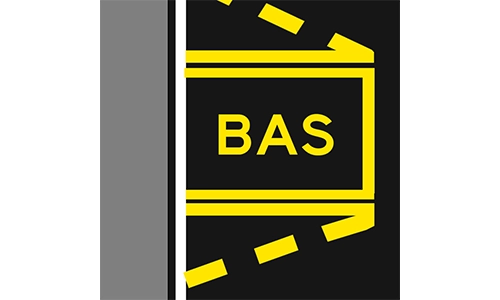
Indicates beginning or end of a bus-only lane. Entry permitted only when allowed. Used at bus stops or dedicated lanes. Ensures bus movement priority.
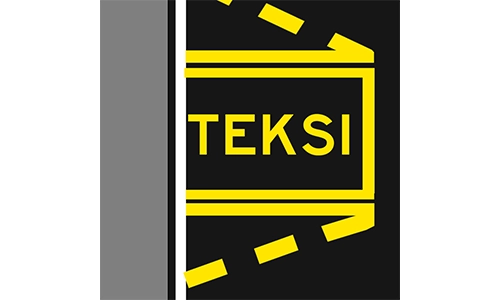
Reserved area for taxi stopping and pickup. Common near airports, malls, and hotels. Prevents obstruction from private vehicles. Enables passenger flow management.
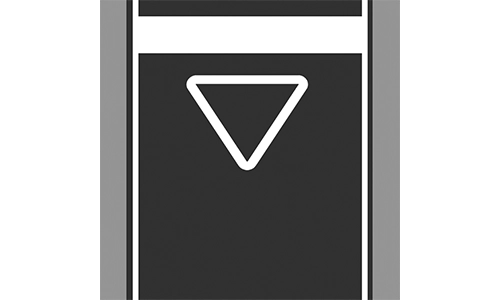
Drivers must give priority to oncoming vehicles. Found at minor road merges or roundabouts. Painted triangle is a visual cue. Failure to yield can cause accidents.
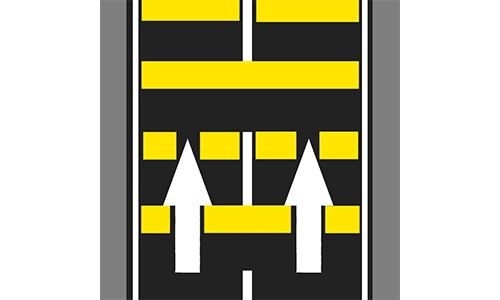
Indicates pedestrian crossing zone. Drivers must stop for people crossing. Usually accompanied by signage. Essential in urban pedestrian-rich environments.
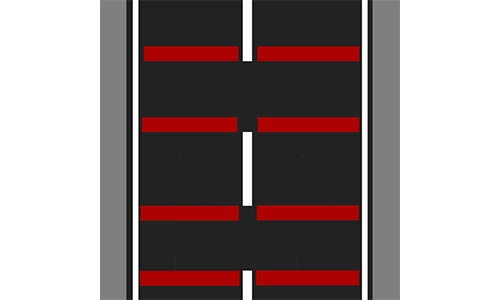
Do not stop in the box unless your exit is clear. Prevents blocking of intersections. Helps with traffic flow at complex junctions. Violations are camera-monitored.
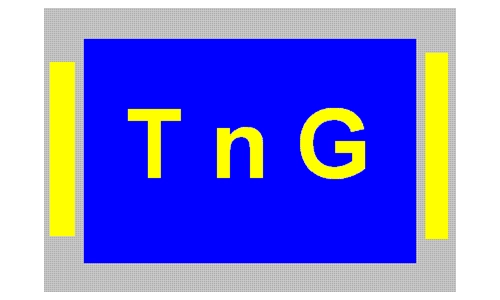
Marks lane for electronic toll collection via Touch ’n Go. Enables fast and contactless payment. Prepare card in advance. Used on all major highways.
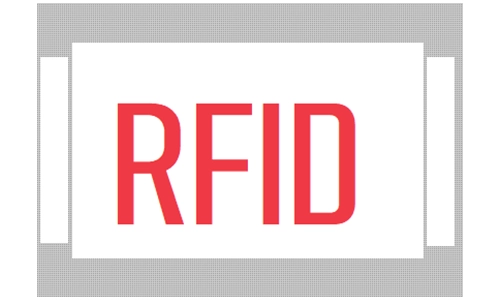
RFID-only lane for toll access using vehicle tags. Ensures automated toll deduction. Slows traffic less than manual booths. Vehicles must be properly tagged.
 Pass the Exam Easily with Detailed 3-Level Practice | 1-Day Full Access Free — Offer Ends in
Pass the Exam Easily with Detailed 3-Level Practice | 1-Day Full Access Free — Offer Ends in


